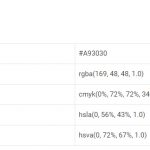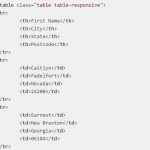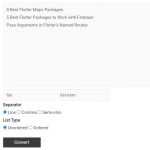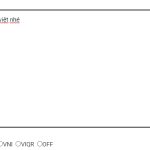Looking to effortlessly create sample TSV and CSV files tailored to your specific needs? Our tool does just that, serving up custom-formatted data sets in a snap. No more manual entry, no more errors—just quick, clean, and accurate data at your fingertips.
This tool provides examples of CSV and TSV data.
TSV and CSV Data Example
CSV Data Sample
TSV Data Sample
What is CSV?
CSV stands for “comma-separated values” and it is a file format that stores data in plain-text rows. It is widely used for exporting data from databases, spreadsheets, etc. CSV files can be read by any program or application that has the capability to open text files.
Advantages
- CSV is a plain text format, which can be read by any application. This means that the data in your file isn’t tied to one program or software.
- You can export and import large datasets with ease as CSV files are usually small; this makes it easy to share them via email or other methods of transferring data quickly.
- It has become an industry standard for exporting and importing tabular data because of its simplicity and widespread use across different programs, making it easier for developers to integrate their applications with databases containing information stored in CSV form.
Disadvantages
- A major disadvantage of using CSV format is that it can be difficult to make changes. If you have a single row in your dataset with an irregular value, for example, the whole file becomes unusable once exported as a CSV.
- It’s also not too friendly if you want to use formulas or other calculations within Excel and are then unable to update them without exporting everything again!
What is TSV?
TSV stands for tab-separated values. It’s a more complex and advanced version of CSV, but with the same benefits – an open text file that can be read by any application.
Advantages
- You can specify a date field and the software will automatically include it.
- Use TSV for datasets that are less likely to change over time (say a list of your top five favorite albums).
- Easily edit those extra fields without having to re-export everything as an entirely new file.





